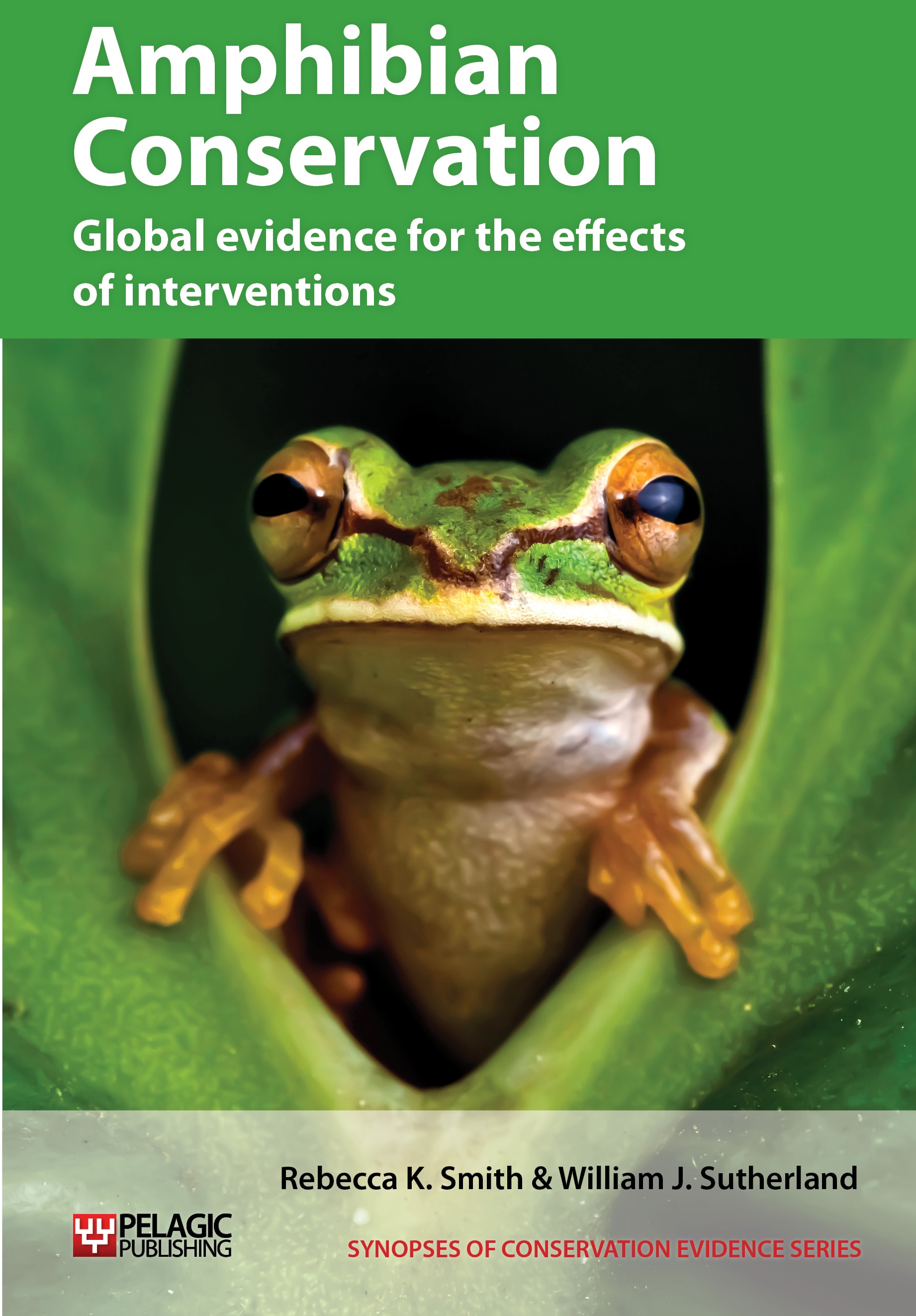Reduce competition from native amphibians
-
Overall effectiveness category Unknown effectiveness (limited evidence)
-
Number of studies: 1
View assessment score
Hide assessment score
How is the evidence assessed?
-
Effectiveness
10% -
Certainty
23% -
Harms
0%
Study locations
Supporting evidence from individual studies
A replicated, site comparison study in 1985–2006 of 20 sites in the UK (McGrath & Lorenzen 2010) found that natterjack toad Bufo calamita populations did not increase following control of common toads Bufo bufo. However overall, natterjack population trends were positive at sites that had received species-specific management that included aquatic and terrestrial habitat management and common toad control. Trends were negative at unmanaged sites. Five of the 20 sites showed positive population trends, five showed negative trends and 10 trends were not significantly different from zero. Data on populations (egg string counts) and management activities over 11–21 years were obtained from the Natterjack Toad Site Register. Habitat management for toads was undertaken at seven sites. Management varied between sites, but included pond creation, adding lime to acidic ponds, maintaining water levels, vegetation clearance and implementation of grazing schemes. Translocations were also undertaken at seven of the 20 sites.
Study and other actions tested
Where has this evidence come from?
List of journals searched by synopsis
All the journals searched for all synopses
This Action forms part of the Action Synopsis:
Amphibian Conservation
Amphibian Conservation - Published 2014
Amphibian Synopsis





)_2023.JPG)














